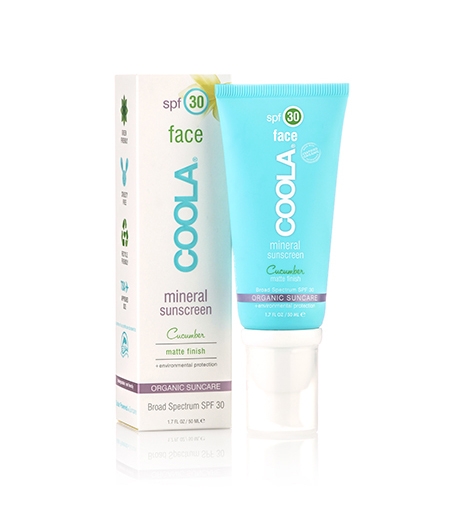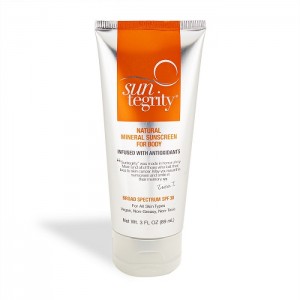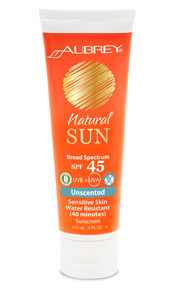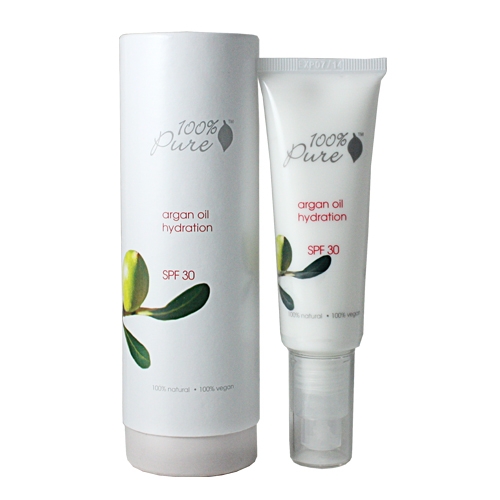
If you live anywhere in the Northern Hemisphere, you are probably beginning to feel the anticipation of summer sunshine as we make our way through the flora and fauna of springtime. Longer days, warmer temperatures, ladybugs, and budding flowers all signify the vernal equinox of nature’s renewal.
With the warm, serotonin-inducing promise of summer sunbeams comes the need for sun protection. Modern societies worldwide seem to have an unhealthy or unbalanced relationship with the sun; we either get way too much or not nearly enough. There is a reason nature designed our bodies to efficiently synthesize vitamin D from the sun, while punishing us with skin-peeling pain if we get too much. It is finding a healthy balance that seems to elude us.
Extremes of anything are typically not a good thing. An obsession for basking in the sun is clearly damaging, yet fearing and preventing any exposure at all is risky as well. In Western societies, we think of a deep tan as a projection of health and radiance. In Eastern cultures, pure white, almost translucent, freckle-free skin is the desired aesthetic. Not surprisingly, Western cultures have more skin-related problems (cancer, pre-mature aging) than our Eastern friends, however vitamin D deficiency throughout Asia is a serious problem.
So what’s the answer? Experts and skincare manufacturing companies have butt heads over the issue for a long time; creating elaborate scare-tactic marketing schemes that either demonize the sun or the creams that block its penetration. We must create a balance. In truth, only 10-15 minutes of bare skin sun exposure a few times a week is sufficient for maintaining adequate vitamin D levels (however, as we age, we may need to supplement). Therefore, vitamin D synthesis is not justification for lying out in the sun all day, working on those tan lines country musicians love to sing about. Balance is key. Some people are extremely fair and sensitive to the sun so even 10-15 minutes of exposure can be damaging. For you ivory beauties, I hope you like mushrooms. There is exciting evidence emerging that if you let shrooms sit out in the sun for a day (even after being “picked”), they will synthesize vitamin D in a way that makes it very bio-available to our bodies when we eat the fungi.
To prevent pre-mature aging and skin cancer, we do certainly need to protect our skin from excess UVA/UVB exposure. While the best option would be to hang in the shade, wear a JLo hat and a turtle neck, this get-up is simply not practical. Thus, we have a need for sunscreen. For centuries, tropical cultures around the globe have used pure, unrefined coconut oil as a natural sun protectant. This may seem odd at first (oil? Wouldn’t I burn?). Studies have shown that coconut oil actually acts as natural sun protection when applied to the skin. Some people swear that coconut oil, head to toe, is all they need. Vitamin D still gets absorbed but the burn is held at bay. If you have skin that naturally rarely burns, then this may just work for you. The majority of the Western population, however, will probably need something more.
Sunscreens offer either chemical or mineral protection. Modern science and technology has allowed companies to create chemical concoctions that do in fact prevent our skin from absorbing harmful UVA and UVB rays. The problem is that our permeable skin absorbs these chemicals, which have shown to be toxic to our reproductive systems. These chemicals mimic our body’s natural hormones and can lead to major hormone disruption and perhaps even cancer. So while you may be preventing a sunburn, you are still putting your health at risk.
Top 6 FDA-Approved Active Ingredients on the Naughty List:
Oxybenzone
Avobenzone – *while relatively non-toxic, this chemical commonly causes allergic reactions and should still be avoided. It requires extra chemical stabilizers to prevent it from breaking down from sun exposure.
Octisalate
Octocrylene
Homosalate
Octinoxate
The number one bad boy is oxybenzone, which is found in 80% of chemical sunscreens in the United States. Fortunately, all these ingredients are listed on the product so you can easily avoid them.
Courtesy of the Environmental Working Group, click here for a handy chart that breaks down all the common sunscreen ingredients used in the US, from most toxic to least.
You’ll see that zinc oxide and titanium dioxide fall low on the chart. These are the two active ingredients that make up all mineral sunscreens. Instead of being absorbed like chemical sunscreens (which is why you have to wait 30 minutes after application before going out in the sun), mineral sunscreen acts as a physical barrier to the sun and actually just sits on top of the skin.
Minerals are natural and much more eco-friendly. That being said, there are still certain risks and uncertainties with zinc oxide and titanium dioxide. Some mineral sunscreen companies use these two minerals in nanoparticle form, which may make a nice feeling product, but this enables our bodies to absorb the minerals. Research is ongoing, but it has been suggested that mineral nanoparticles can accumulate in different organs in our bodies and cause complications.
But ah, we do have an answer for that. Some companies have abandoned the nanoparticle technology and ensure their consumers that the minerals are not nano sized (“non-nano”). This is the safest bet we currently have.
Bottom line. 100% natural, mineral (zinc oxide and titanium dioxide), non-nano, sunscreen is the safest product that we can use on a daily basis, given current scientific evidence. Better yet, look for organic, vegan, cruelty-free lines. Avoid all chemical sunscreens containing the Naughty List ingredients (I see you Coppertone, Neutrogena, Banana Boat). Some drugstore lines, including Aveeno, have “baby” versions of sunscreen that are typically mineral based. While they may not be organic or cruelty-free, they will do in a pinch.
All sunscreen needs to be re-applied every 60-90 minutes and more often if you are swimming or sweating a lot. Some mineral sunscreens may seem more expensive than their chemical counterparts, but avoiding allergies, skin irritation, hormone disruption, and cancer makes the extra cents worth it.
Below are some of my favorite natural, nano-free, mineral sunscreens.
*All images are from the product company’s pages. These are my honest faves, no sponsorship or endorsement here.
Love and light,
Renee










Leave a Reply